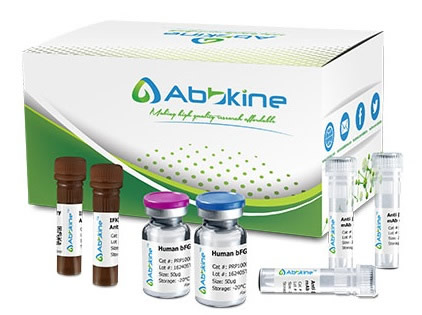Trypsinogen-activation peptide (TAP) is a small peptide that is released when trypsinogen is activated to trypsin. Under physiologic conditions, activation of trypsinogen occurs in the intestinal lumen and is catalyzed by enteropeptidase (formerly known as enterokinase). In the intestinal lumen, TAP is quickly degraded by peptidases of the brush border membrane. In pancreatitis, trypsinogen is prematurely activated within pancreatic acinar cells, and TAP is released into the peripheral circulation. Although TAP is quickly excreted through the kidneys, with a circulating half-life of less than 8 min, significant increases in plasma and urine TAP concentrations have been reported in canine and human patients with acute pancreatitis. Trypsinogen activation peptide (TAP) may be an early marker of severe pancreatitis.
Canine Trypsinogen activation peptide (TAP) ELISA Kit employs a two-site sandwich ELISA to quantitate TAP in samples. An antibody specific for TAP has been pre-coated onto a microplate. Standards and samples are pipetted into the wells and anyTAP present is bound by the immobilized antibody. After removing any unbound substances, a biotin-conjugated antibody specific for TAP is added to the wells. After washing, Streptavidin conjugated Horseradish Peroxidase (HRP) is added to the wells. Following a wash to remove any unbound avidin-enzyme reagent, a substrate solution is added to the wells and color develops in proportion to the amount of TAP bound in the initial step. The color development is stopped and the intensity of the color is measured.
Canine Trypsinogen activation peptide (TAP) ELISA Kit listed herein is for research use only and is not intended for use in human or clinical diagnosis. Suggested applications of our products are not recommendations to use our products in violation of any patent or as a license. We cannot be responsible for patent infringements or other violations that may occur with the use of this product.
bio-equip.cn




